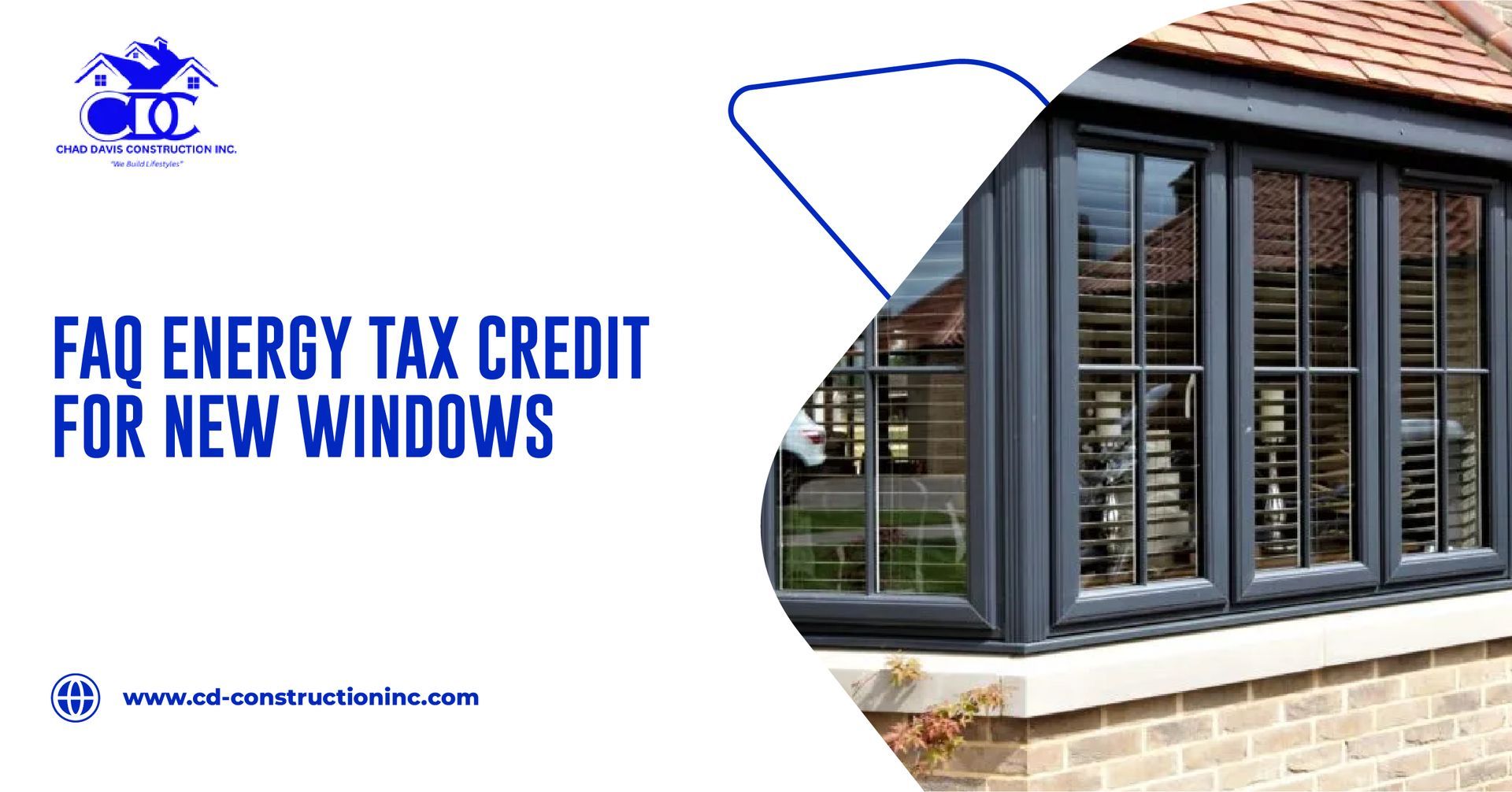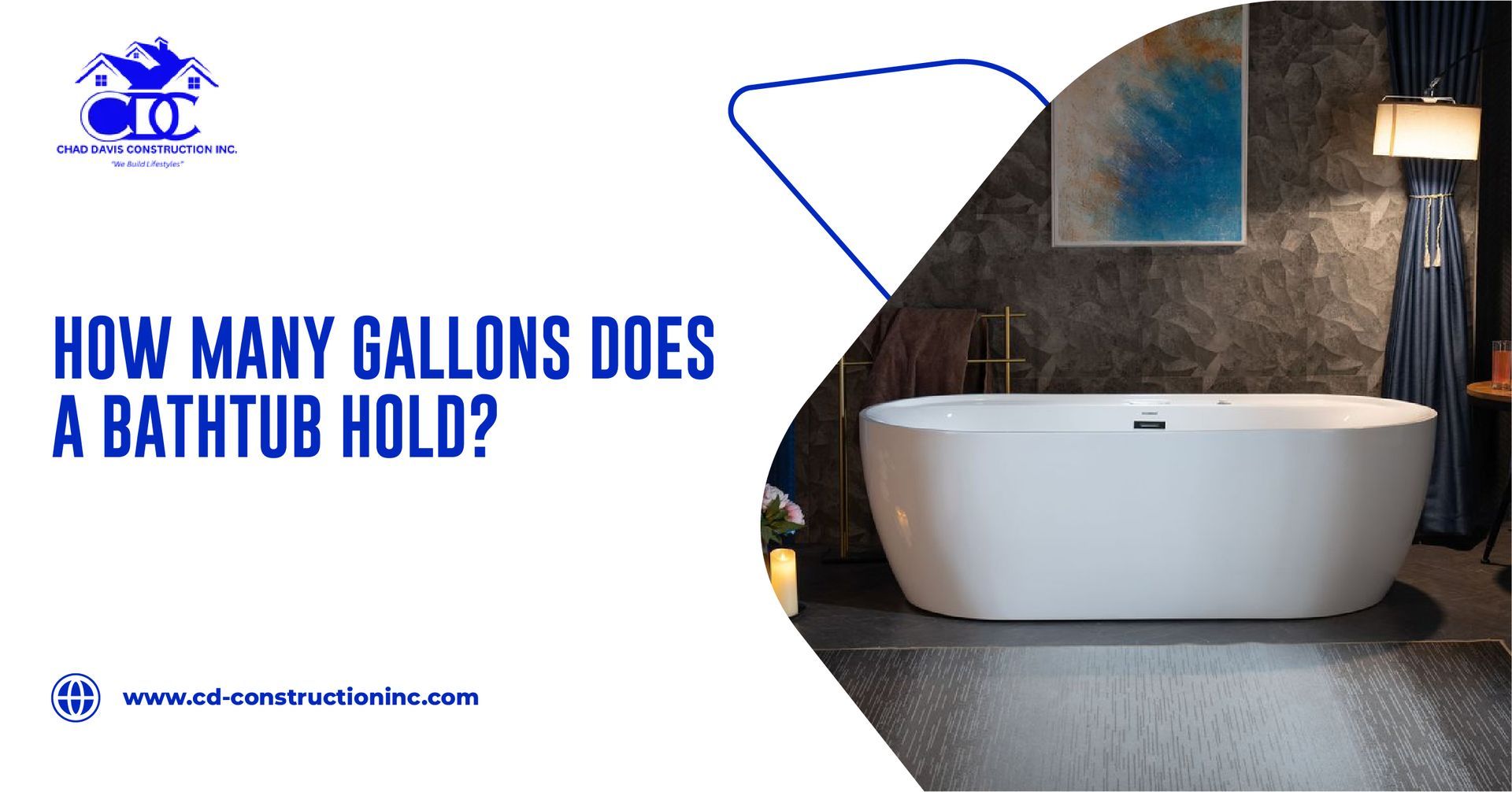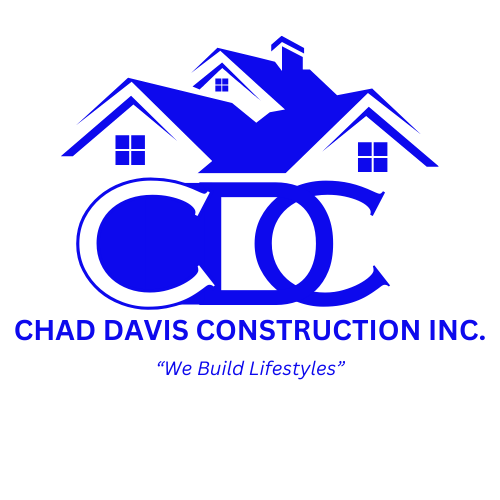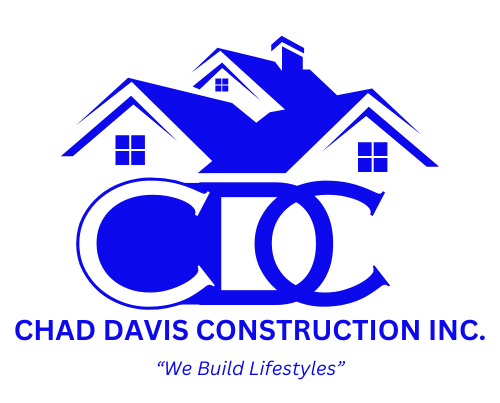Creative Pergola Ideas to Elevate Your Backyard in Every Season
Transforming Your Outdoors Year-Round
Pergolas have become an essential element in modern backyard designs. Whether you’re entertaining guests, sipping morning coffee, or simply enjoying a peaceful moment outside, a pergola adds structure, style, and usability to your outdoor space. But most homeowners overlook one crucial aspect: pergolas can be enjoyed throughout all four seasons, not just during summer barbecues.
In this blog, we’ll explore creative pergola ideas tailored to each season, ensuring your backyard remains a welcoming retreat throughout the year. Whether you want to shield from summer sun, savor cozy autumn evenings, or even add festive cheer in winter, Chad Davis Construction is here to help make it happen.
Spring: A Fresh Start with Garden-Focused Designs
1. Climbing Blooms and Vertical Gardens
Spring is nature’s grand entrance. Embrace it by training climbing plants like wisteria, clematis, or jasmine to wrap around your pergola’s beams. These not only provide natural shade but also infuse the air with fragrance and color.
Tip: Install lattice sides or trellises to support climbing plants and create a garden wall effect.
2. Pastel-Toned Fabric Canopies
Add retractable or draped pastel-colored fabrics to your pergola. These soft tones reflect spring’s rebirth while offering sun protection for those early warm days.
3. Hanging Planters and Bird Feeders
Integrate hanging baskets overflowing with petunias, pansies, or herbs like mint and basil. A few bird feeders can invite springtime chirps, making your pergola the perfect morning escape.
Summer: Creating the Ultimate Outdoor Retreat
4. Retractable Shade Panels and UV Covers
Summer means intense sun. Combat heat with motorized retractable canopies or UV-resistant pergola covers that can be extended when needed. This allows flexibility throughout the day.
5. Outdoor Ceiling Fans and Misting Systems
Install a ceiling fan or a misting system to cool things down during peak afternoon heat. With professional electrical integration by Chad Davis Construction, these systems add both comfort and value.
6. String Lighting and Lanterns for Summer Nights
Decorative Edison bulbs, paper lanterns, or solar-powered fairy lights can create a magical vibe under your pergola for dinner parties or late-night lounging.
Thinking of updating your patio too? Explore
deck and patio remodeling services to complete the look.
Autumn: Cozy Up with Rustic Charm
7. Rustic Decor and Earth-Toned Drapes
Use warm tones, such as burnt orange, deep reds, and browns, for seasonal drapery and throw pillows. Combine with wooden furniture and a plaid blanket for instant coziness.
8. Built-in Fire Pit or Chiminea
A fire feature adds warmth and ambiance for those cool fall evenings. Chad Davis Construction can help integrate a stone or brick fire pit safely within your pergola area.
9. Harvest Accents and Lighting
Hang decorative lanterns, string up faux autumn leaves, and place pumpkins around the base. Autumn is all about texture and mood, and your pergola should reflect that richness.
Winter: Make Your Pergola Holiday-Ready
10. Enclosed Sides with Transparent Panels
Consider installing temporary or permanent side enclosures made of clear vinyl or polycarbonate to block wind and trap heat. It creates a greenhouse-like space that’s usable even during chilly months.
11. Infrared Heating Panels
Modern heating systems, such as overhead infrared heaters or tabletop gas units, can extend pergola usage even in sub-zero weather. These are both safe and effective when installed correctly.
12. Festive Decor and Holiday Lighting
Wrap the beams with garlands, string icicle lights along the edges, and hang ornaments. A pergola can serve as your winter wonderland centerpiece—perfect for family photos or hot cocoa nights.
All-Season Upgrades for Year-Round Enjoyment
13. Smart Pergola Systems
Motorized louvered roofs that open and close at the touch of a button allow control over sunlight, rain, and snow. These are a premium upgrade that offers year-round value.
14. Built-in Seating and Storage
Design your pergola with benches that double as storage boxes for cushions or seasonal decor. It’s both practical and space-saving.
15. Multi-Season Landscaping
Use evergreen shrubs, ornamental grasses, and perennials that bloom in staggered seasons to keep the surrounding area lush throughout the year.
Design Considerations: Form Meets Function
- Orientation Matters
Consider the sun’s path throughout the day. South-facing pergolas will receive the most light, ideal for solar lighting or heating.
- Match Your Home’s Architecture
Choose materials and colors that complement your home’s style—be it rustic farmhouse or sleek contemporary.
- Weatherproof Materials
Pressure-treated wood, aluminum, and vinyl are excellent choices depending on your climate. Chad Davis Construction can guide you in selecting the best fit.
FAQs
Q: Can pergolas really be used during winter?
A: Yes, especially with enclosed sides and heating elements. Many homeowners enjoy their pergolas even when it snows.
Q: Are retractable roofs weather-resistant?
A: High-quality systems are built to withstand sun, rain, and even light snow, offering protection and flexibility.
Q: Is it worth investing in a pergola if I live in a rainy climate?
A: Absolutely. Custom drainage, sloped roofing, and water-resistant materials make pergolas functional rain or shine.
Final Thoughts: Build Your Dream Outdoor Space
A pergola isn’t just a summer structure—it’s a four-season feature that elevates your backyard living experience. With the right design, materials, and enhancements, your pergola can become a cherished retreat for all occasions, all year long.
Whether you're relaxing in spring blossoms, hosting a summer BBQ, sipping cider under fall leaves, or decorating for the holidays, a pergola makes it all better.
Work with Pergola Experts in Clemmons, NC
At Chad Davis Construction, we specialize in crafting custom pergolas that suit your space, style, and lifestyle—no matter the season. From design consultation to final build, we handle everything with precision and care.
Explore our Pergola Services
Ready to start? Contact us today for a free consultation and turn your outdoor space into a year-round sanctuary.




